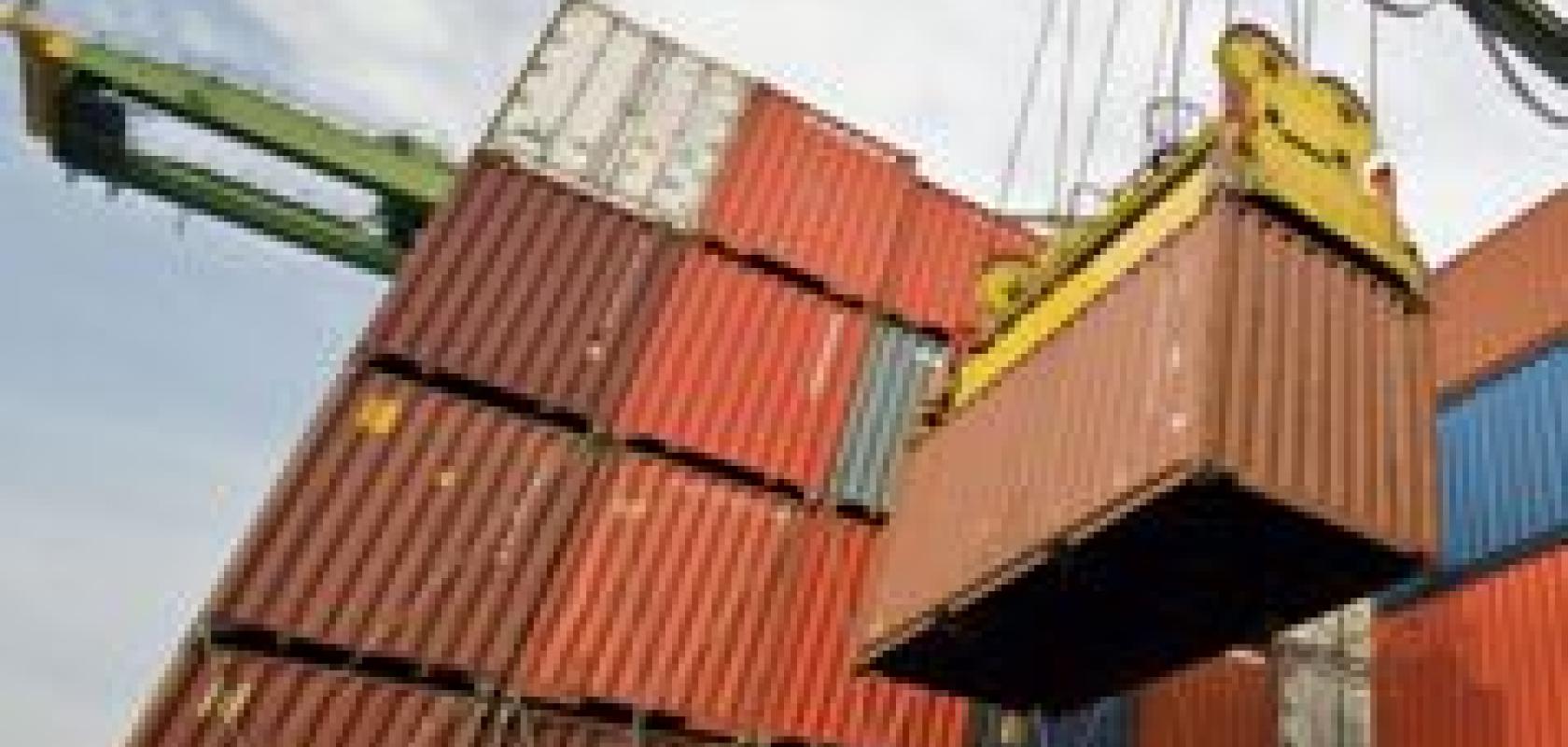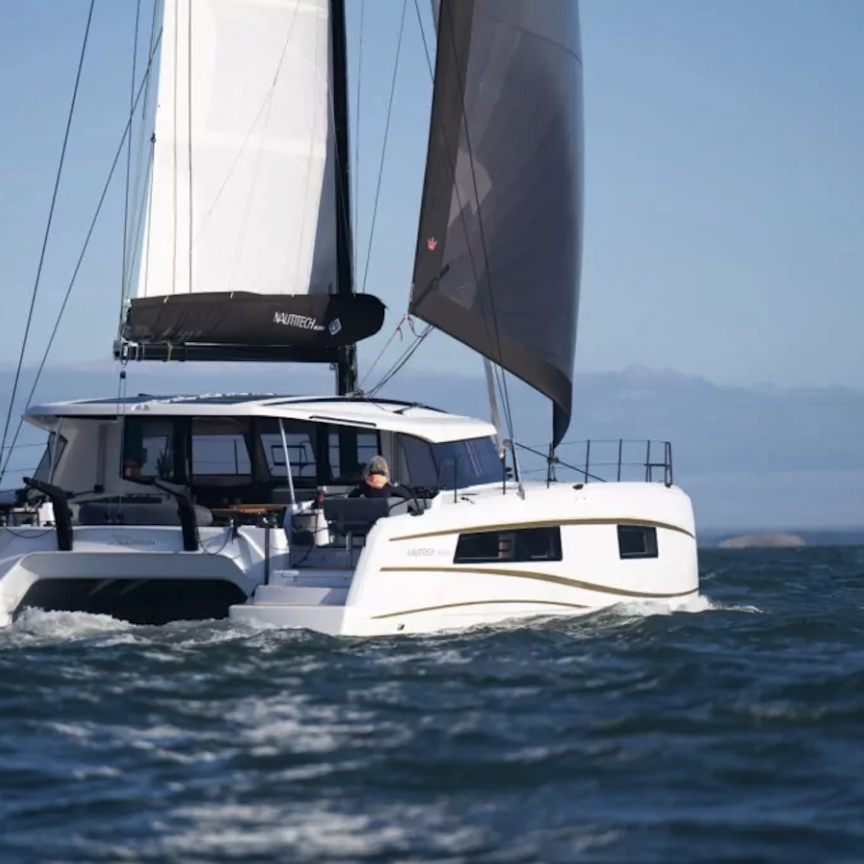Driver safety represents a big development area for car manufacturers. Modern vehicles are equipped with a battery of sensors to aid manoeuvring and avoid collisions to the point where cars will soon be able to drive themselves – last summer in the US State of Nevada, the first licence for a self-driven car was issued to one of Google’s driverless cars, a Toyota Prius modified with Google’s experimental driverless technology.
For hauliers, the dangers of driver-error remain just as they do for car drivers, but they have the additional responsibility of loading their trucks safely. Automatic number plate recognition (ANPR) solutions provider, Schmitz, has developed an ANPR system for a logistics firm based in Lithuania to aid in the loading of its trucks. The system images the truck’s number plate as well as the entire vehicle, with an overview camera. From the number plate, the software can access remote data on the maximum weight the truck can carry and other loading instructions. ‘It is designed to automate the weighing process and provide the driver and loader with real-time information while the truck is being loaded,’ explains Peter Schmitz, CEO of the company.
When the truck exceeds its maximum load the software sends an alarm to a third-party system to warn those packing the vehicles.
Schmitz’ main business is supplying ANPR solutions for access control at company and factory buildings. It integrates cameras from Sony into many of its solutions, including the truck loading system which uses a Sony FCB camera with built-in zoom. ‘We need a resolution of around 1,280 x 720 pixels, which the Sony cameras provide, for our ANPR software to be reliable,’ says Schmitz. The frame rate is less important, according to Schmitz, because, for access control, cars driving up to a barrier are not moving very fast.
Images are captured both during the day and night, requiring fine control of camera functions to adjust for changing light conditions. ‘Sony’s cameras are deeply integrated in our software and we’re controlling the parameters of the camera through the software,’ Schmitz states. Every five seconds the system takes a light reading and then adjusts the gain and the shutter speed of the camera accordingly.
Number plates reflect infrared light and the company uses infrared illumination to improve the contrast and capture usable images at night. Sony cameras provide a high enough contrast to read most European number plates. ‘We can also combine other cameras to give an overview of the vehicle and gain other information, like colour and an image of the driver, and combine the feeds from a number of cameras into one server,’ adds Schmitz.
High-resolution cameras are becoming more affordable for traffic applications. Sony is releasing new FCB models with full HD resolution, which allows a greater number of lanes of traffic to be monitored per camera. Sony is also providing smaller form factor FCB modules, to target mobile systems or those embedded in police cars and other highway control vehicles.
ANPR is at the heart of many traffic enforcement applications. A system in China, known as Electronic Police, has been developed that uses ANPR to fine drivers who fail to stop at red lights. Sensors in the road detect vehicle movement when traffic lights are red, which triggers cameras from Basler to capture three images of the rear of the car. The image data is processed to read the number plate and the results sent to the relevant police department. Basler Pilot 5 megapixel cameras were used, incorporating a customised filter and firmware to avoid red colours appearing orange, as well as running continuous white balance to maintain colour accuracy in images taken at night.
Elsewhere, ANPR is also the basis for a car parking management system, developed to automate patrols by ticket inspectors. Cameras capture the number plate as cars enter and exit the car park. A management vehicle then drives through reading number plates and the data is used to determine whether cars are parked illegally. The multi-camera system was developed by a company specialising in parking management working with Multipix Imaging. It uses the Euresys Alert PCIe frame grabber cards capable of acquiring images from up to 16 cameras with a total digitising power of 200fps.
Tracking shipping containers
Similar to a car’s number plate, shipping containers all have unique identifying marks and, similar to managing the vehicles moving into and out of a car park, vision systems can be used to track containers as they pass through a port. Illumination specialist ProPhotonix has supplied lighting products for such systems.
‘There are literally millions of containers going through a port and the management of the flow of these containers into and out of the port is a huge logistical task,’ comments Simon Stanley managing director at ProPhotonix, Ireland. ‘We’re finding that companies developing inspection systems for ports are using line scan technology to scan the shipping containers as they enter and exit the docks.’
The system reads the markings on shipping containers with Optical Character Recognition (OCR). Usually the containers are transported on a truck or a rail carriage, which presents an object that’s moving not unlike a classic line scan application. Standard line scan cameras can be used for inspection – but, according to Stanley, what’s challenging is the environment, which is outdoors and very different from a controlled factory setting. ‘You’re outside with extremes of temperature and often there’s salt water spray and other environmental considerations,’ he says. ‘The challenge for us is not so much to do with the lighting and getting enough light, although that’s important and lighting uniformity is important, but a lot of the difficulties lie in the environmental conditions. Can the product withstand the fluctuations in temperature? it needs to be sealed from salt spray and rain water – all of these things complicate matters.’
These inspection systems typically use white light to scan containers and have to be long enough to cover their sides. ProPhotonix’s Lotus illuminator is modular and scalable – units have been constructed up to 4.4m long – and it can be configured to deal with the additional environmental requirements.

An ANPR solution developed by Schmitz allows hauliers to access data on their trucks to ensure they’re loaded correctly. Credit: Schmitz
In addition, unlike in a factory production line where the lighting can be placed very close to the target, here there has to be a considerable stand-off distance – firstly, because the containers are different sizes, and secondly to avoid the risk of the truck hitting the cameras. That imposes a brightness challenge compared to standard factory automation, notes Stanley.
The images captured, as well as identifying the markings on the container, give an opportunity to inspect that container for damage. This is useful for both the company handling the container at the port and the company shipping it to establish when the damage occurred.
ProPhotonix has also supplied line scan illumination for systems inspecting rail tracks for potential damage or weak spots. ‘An imaging system might be mounted on a carriage and driven along a section of track, or it might be stationary and inspecting the underside of the carriages as they pass,’ explains Stanley.
As with inspecting shipping containers, the environmental considerations are important, particularly if the system is mounted onto a train carriage where vibration can be a major issue. ‘One of the customers we’re working with had been using high-intensity discharge lamps previously on their system,’ Stanley says. ‘Moving to an LED solution very much helped with failure due to vibration.’
He adds that in both rail track and train inspection, either the camera or the target is moving quite quickly and that puts a high demand on the light intensity required. ProPhotonix’s Cobra Slim product is ideal for these applications, as it now offers twice the level of brightness compared to previous models.
Traffic flow
Rather than for enforcement or access control, a lot of ITS systems are designed simply to record statistics on road usage. Stemmer Imaging now provides an optical flow algorithm as part of its Common Vision Blox (CVB) imaging software platform, which is designed to measure the flow of an object – potentially traffic or pedestrians – in a scene. The tool can also be configured to assess the size of objects; to distinguish between different sizes of vehicles, for instance. ‘The tool is looking for changes within a scene and monitoring those changes frame by frame,’ notes Steve Hearn at Stemmer Imaging. ‘If you want to gather data on congestion, for example, and the number of vehicles travelling in a certain direction over a certain timeframe, as well as their average speed, or pedestrian flow during a certain period in the day, then that data is potentially available.’
When conducting any kind of flow analysis, the image has to be stable otherwise everything will be moving in the scene. A traffic camera high up on a mast, for instance, might be subject to movement by wind or vibration from traffic. CVB also has an image stabilisation tool that removes any vibration from the scene and which can be used before applying the optical flow algorithm.
The affordability of high-resolution cameras and the improvements in processing power mean that there is now much more scope for adding this level of imaging intelligence to traffic monitoring solutions. There’s more imaging data available, which requires advanced image processing to make sense of.


